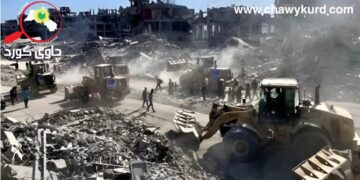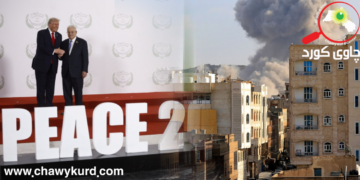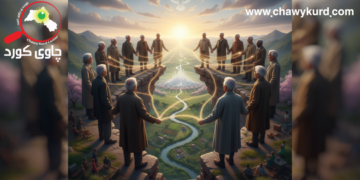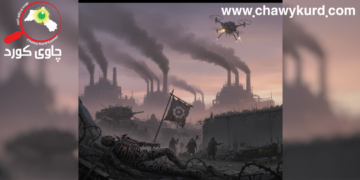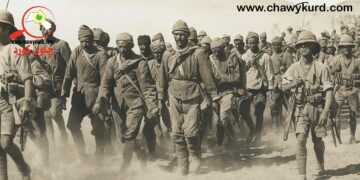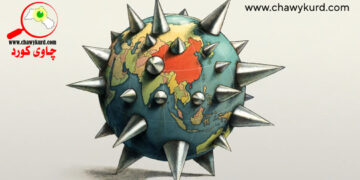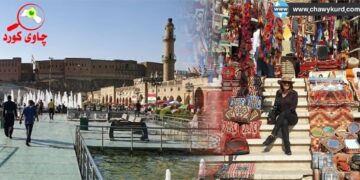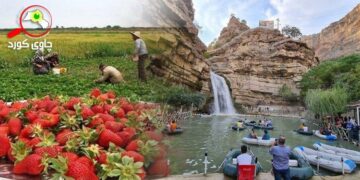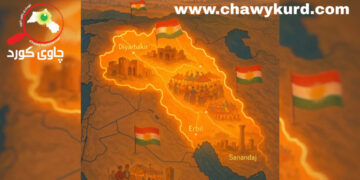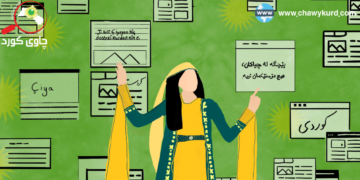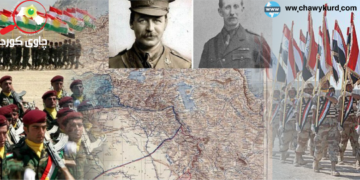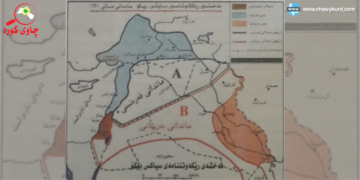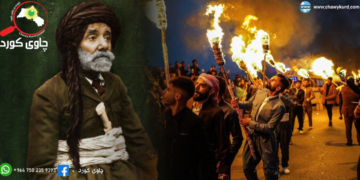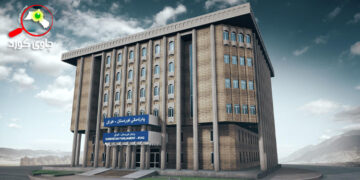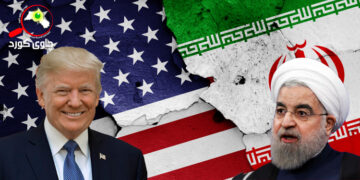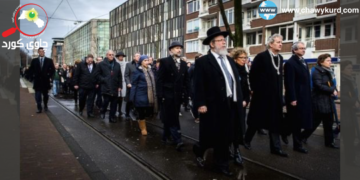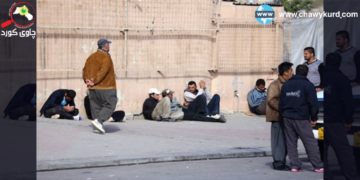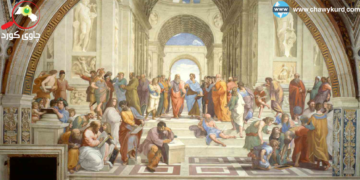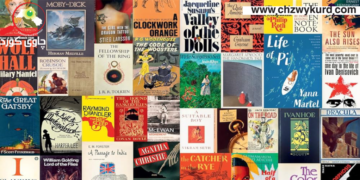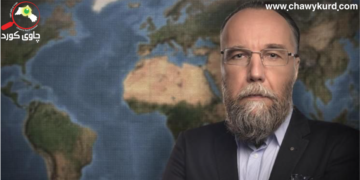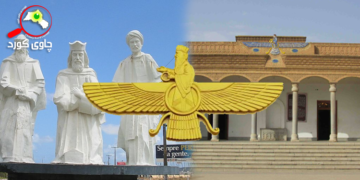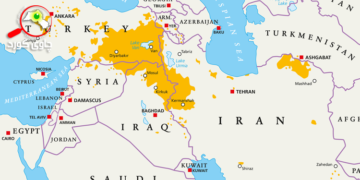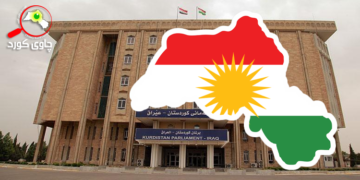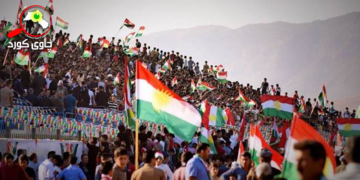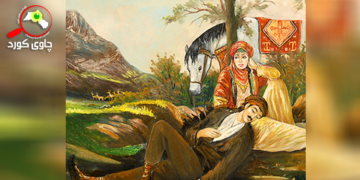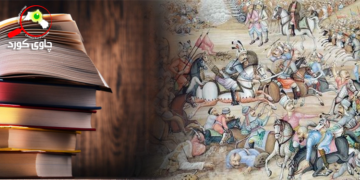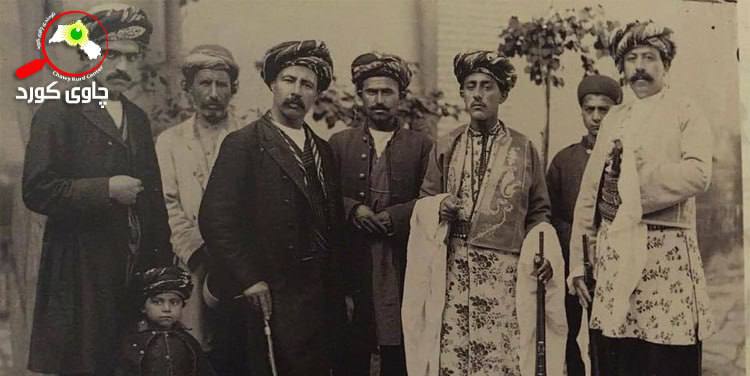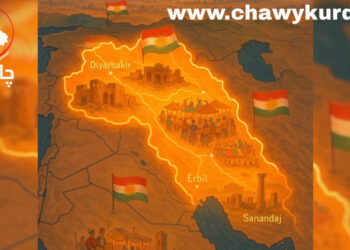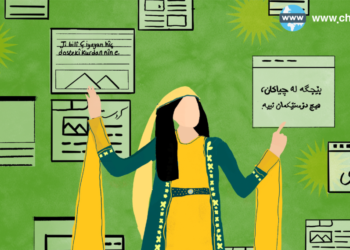“A quick switch through the stages of Kurdish history”
To classify the stages of Kurdish history we can categorize as follows:-
-Ancient history; it starts from the first period of life in Kurdistan until the arrival of Islam to the region.
-Middle History; it dates from the arrival of Islam to World War I.
-Modern and contemporary history; it starts after World War I to the present day.
1- Ancient stage of Kurdish history:-
The Near East, which began in the Pleistocene century (600,000) years ago, was a piece of snow and ice, which means that it was difficult for living. However, after hundreds of thousands years, the climate has changed. The Pleistocene lasted until 200,000 years ago. During this period, some parts of the Near East, especially Kurdistan, were the shelter of ancient humans in caves and mountains, from the Paleolithic Age (120,000) years ago until the end of the Pleistocene, or until human settlement in early villages.
Therefore, the history of the Middle East and Kurdistan, like most other regions, begins with caves and mountain holes. Remains of ancient human life have been found in some caves in Kurdistan. For example, Bardabalk cave is located 2 kilometers northeast of Chamchamal. Several hunting tools and fossil bones of animals dating back to 100,000 to 60,000 years have been found in this area. Human settlements have also been found in the caves of Zarzi, Hazarmird, Shanadar and Bestun Mountains. The history of life in Kurdistan dates back hundreds of thousands years. With the appearance of the cuneiform language during the Sumerian and Akkadian periods, a number of written documents became available to prove the facts of the life of the peoples who lived in Kurdistan. One of the special facts of the history of the ancient Kurdistan region is that the oldest nations mentioned in the cuneiform texts supposedly originated from the areas located west and southwest of Lake Van.
2- Middle History Period:-
This period of Kurdish history began with the beginning of the Muslim campaign to the Kurdish regions and ended with the outbreak of World War I. Kurdish country was the victim of occupation and division for centuries before the advent of Islam. It was divided between three states: Persia, Armenia and Byzantium. Therefore, it was referred to as “foreign Iraq” in Islamic sources at the time. It is sometimes considered part of Persia and part of Armenia. From the time of the second Caliph (Umar ibn al-Khattab (634-644 AD), the Muslims crossed the borders of the Arabian Peninsula and spread to the east and west with the intention of jihad and spreading the new religion. They arrived in Kurdistan from Iraq. After a series of battles between the Muslim army and the Sassanids during the reign of Caliph ‘Umar and the defeat of the Sassanids in the battles of Qadisiyah and Al-Madain and the killing of Rostam in 637 AD, the Sassanid army withdrew to Jaloula. From now on, these areas will become the battlefields of both sides and thus the Kurdish areas will become part of the wars. If the Kurds had been under pressure from the Arab expansion from the south since the Islamic conquest, they were under stronger pressure from the interior and east, from the settlement of successive floods of newly arrived Turkish peoples and the subsequent influx of Mongol destruction.
3- Modern and contemporary stage in history:-
This period in Kurdish history began with the outbreak of the First World War (1914) and continues to this day. However, some historians have redefined the classification in different way. The medieval and contemporary periods are separated and the Battle of Chalderan (1514 AD) is considered to be the beginning of the history of the medieval period until World War I. Since the war, it has been classified as contemporary history. This period of Kurdish history is full of changes and challenges. As MS Lazarev says, the first shot of the First World War began in East Kurdistan. This is enough to understand that the beginning of this period will change for the Kurds.






